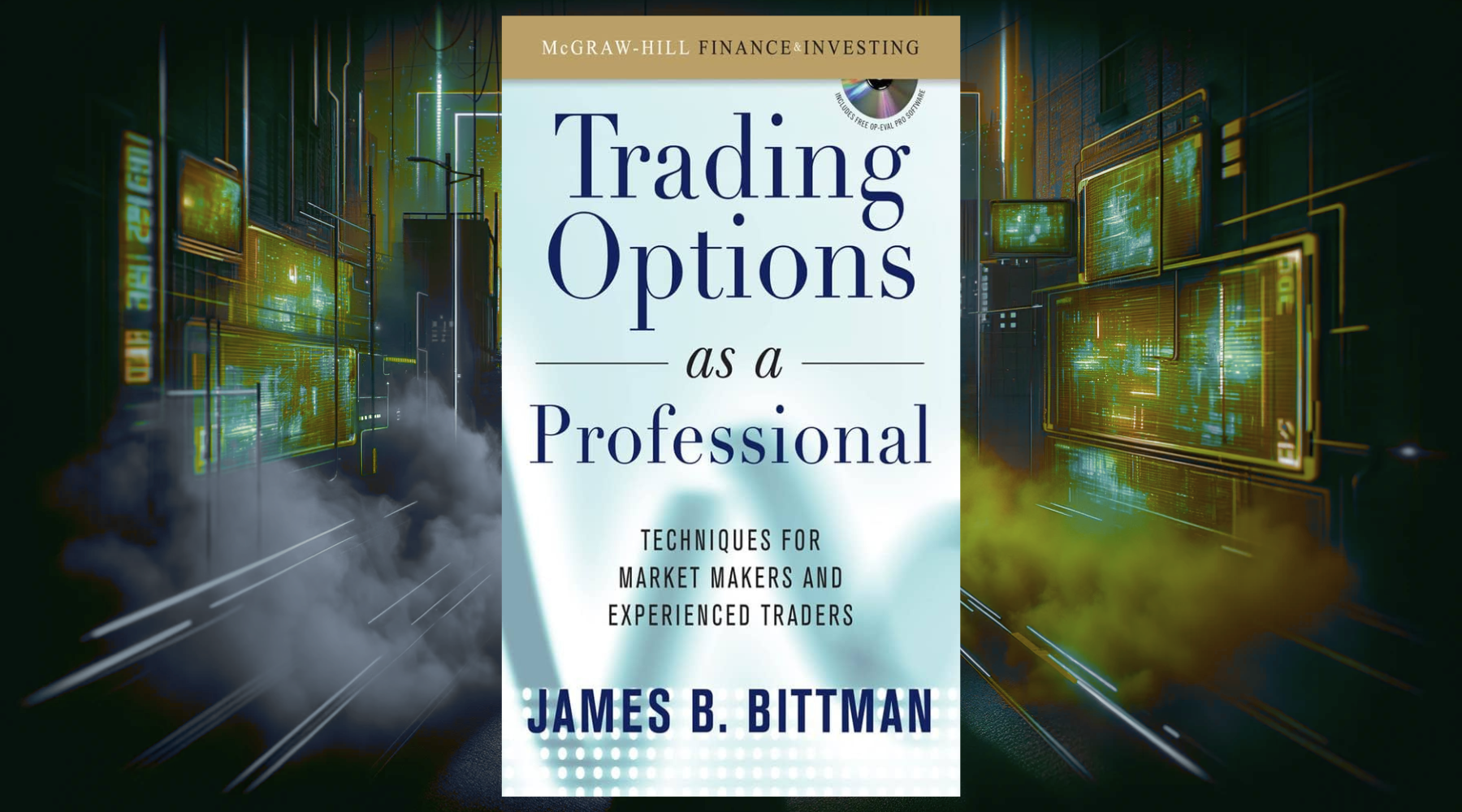Day trading involves buying and selling stocks within the same trading day, trying to profit off small intraday price movements. While day trading offers the potential to make money, it also comes with the risk of rapid losses if you are not careful. Having sufficient capital is one of the key elements to becoming a successful day trader.

How Brokers and Regulators Set Day Trading Minimums
The SEC Pattern Day Trader rule requires you to maintain a minimum account value of $25,000 if you want to day trade within a margin account. This rule prevents traders from over-leveraging themselves.
Some brokers set higher proprietary minimums for day trading margins, like $30,000 or more. These rules allow brokers to reduce risk.
You can day trade using a cash account, but you need to wait for settlement of funds after closing positions. This limits how many round trip trades you can make and capital you need access to.
| Account Type | Minimum | Settlement |
| Margin Account | $25,000 | Can trade immediately |
| Broker Margin Account | $30,000+ | Can trade immediately |
| Cash Account | No minimum | Must wait 1-2 days for funds to settle |
What Capital Day Traders Really Need
While the pattern day trader minimum is $25,000, studies show most day traders need more capital to day trade full time:
- An analysis by StockBrokers.com recommends having at least $30,000 to support yourself as you learn day trading over the first 6-12 months. This provides for basic living expenses.
- The inconsistent income makes financial planning challenging. You need capital reserves of 20-40% of your account value to withstand losses and periods of low profitability while seeking sustained success.
I recommend having at least one year of living expenses saved alongside your trading capital before attempting day trading full time. This provides stability while you build skills.
Costs To Consider

Don't forget the ongoing costs associated with active trading:
- Charting platforms and news feeds ($50-$200/month)
- Trading journal and analytics software ($50-$300 one time or monthly)
- High speed internet ($50+ per month)
- Computers and monitors ($1,000+ one time costs)
- Taxes – under mark-to-market rules, your gains count as taxable income even if you don’t withdraw them. Plan for 20-40% of net profits.
Most importantly, account for the potential to lose money as you learn how to trade profitably. Use stop losses, but also moderate position sizing appropriately for your account size. Expect drawdowns of 10-30% of capital as you find your footing.
Strategies To Conserve Capital
Focus on limiting risk by:
- Starting small, maybe just 100 share blocks at first
- Trading only one or two stocks so you really know how they move
- Setting a stop loss on every trade, no exceptions
- Taking quick profits using trailing stops
Do not fall into revenge trading after losses. Stick to your risk rules and review your trading plan. Carefully select which stocks you trade by looking for good volume and volatility.







